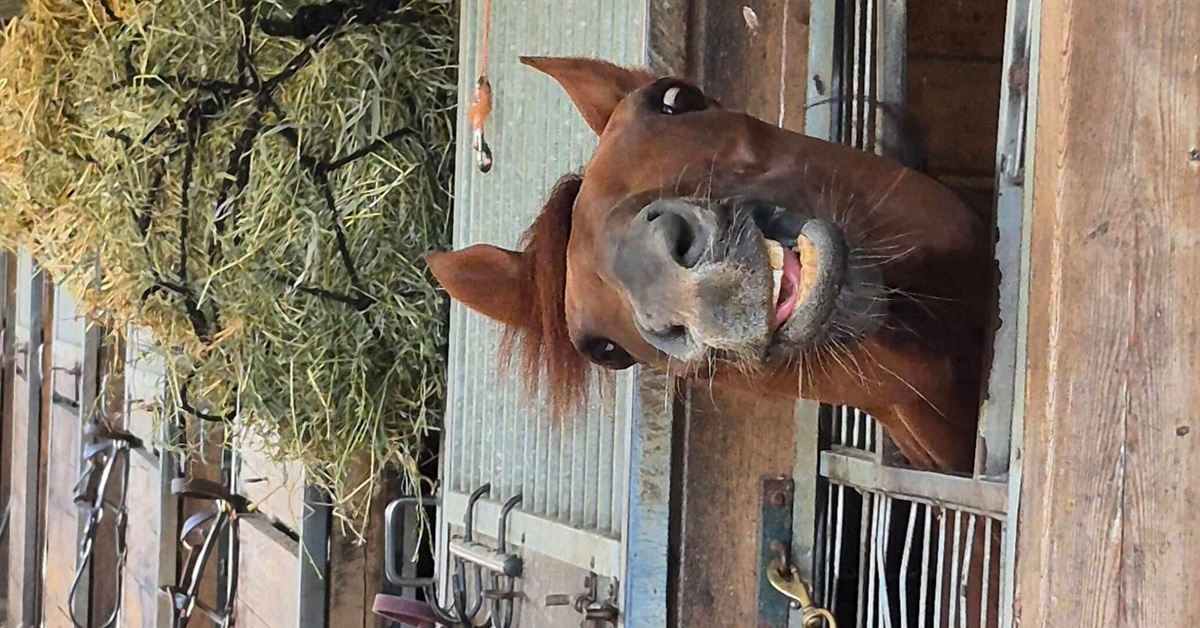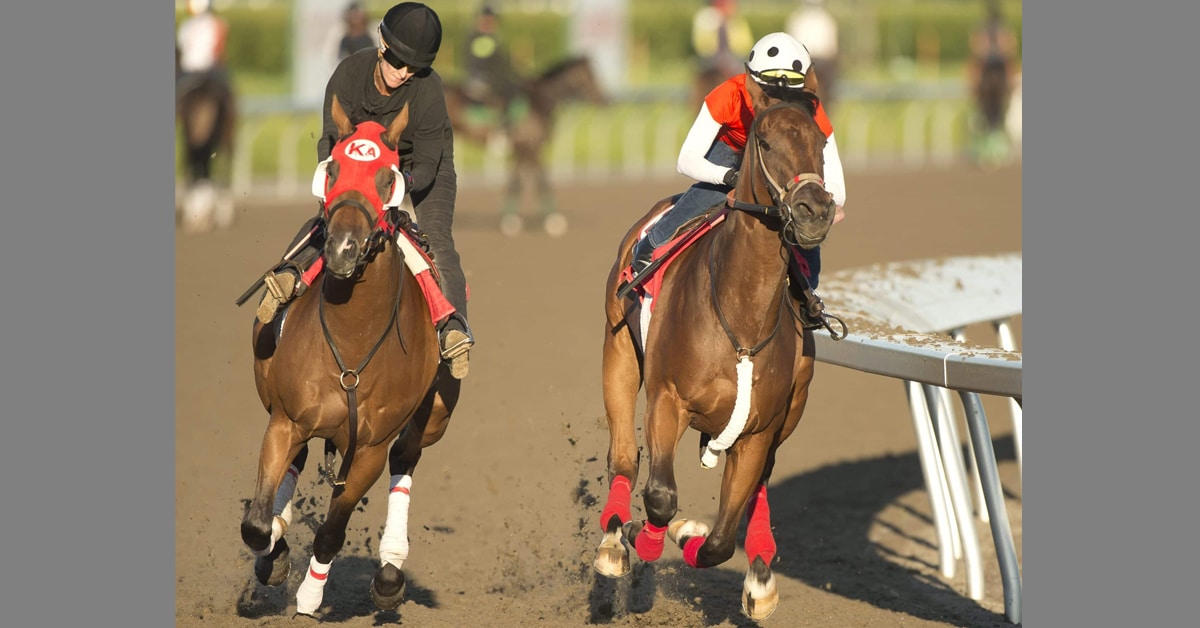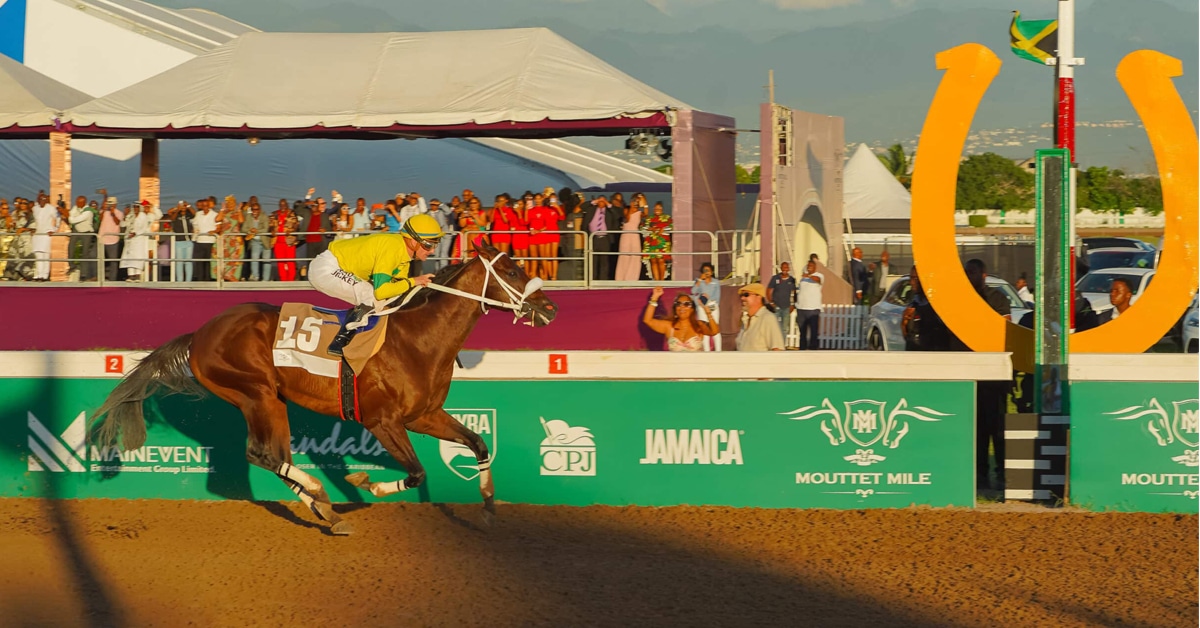The Alcohol and Gaming Commission’s implementation of a race-day medication ban for Ontario racehorses will be one of the strictest in North America.
While most tracks already have a similar race-day medication ban, the AGCO’s directive states that a vet can’t enter a horse’s stall that is entered to race within 24 hours of the post time of the first race the previous day. As a day of racing can last seven hours, some horses may not be able to receive medication for up to 30 hours. Other tracks with similar ‘race-day’ bans limit access to vets from 12:00 midnight the night before race day.
Vets in Ontario are hoping to work with the AGCO to refine the new policy. In addition to the timing, they are concerned that horses will not have access to the few therapeutic measures that many top trainers ask their vets to provide. Common treatments include vitamins, settling agents such as calcium, and other non-medicinal items such as ulcer medication and electrolytes. These therapeutic additives are often given to horses by vets through nasal tubes, or injected for maximum absorption and utility.
The AGCO, in an email said “Ontario’s equine veterinarians have been engaged in and provided input on matters such as these for several years both formally through meetings with the AGCO and its predecessor, the ORC, and informally through discussions with staff. Working groups were established, roundtables were held in 2016-2017 and AGCO-licensed Veterinarians were invited to participate in these forums and these matters were also discussed at the last few annual veterinarian meetings.
“More recently, the AGCO held a conference call on March 14, 2019 with licensed Veterinarians and several emails and phone calls were exchanged with AGCO staff to discuss the concerns regarding the proposed rule changes. The AGCO is committed to continuing this dialogue and AGCO staff are always available to discuss the ideas and concerns of our stakeholders and licensees.”
Several Ontario vets remain concerned with the new protocol.
“A horse could be in a stakes race later in the day and would be 30 hours without having, for example, its ulcer medication and we know some 75% of horses have ulcers,” said one vet.
In addition, trainers would like to continue to give therapeutic, non-medicinal treatments to their horses. This includes washing out a horse’s mouth with a syringe of water to make sure there is no hay or food in the back of the throat or applying Vicks in a horse’s nostrils to aid in breathing. Though both practices are common, they will no longer be permitted under the new AGCO rules.
In regards to electrolytes and other additives, AGCO stated “Electrolytes are allowed to be added to the water or the feed and can be ingested by the horse providing they ingest them voluntarily. Originally all additives were to be banned but after consultation with the industry it was decided to allow Electrolytes. All other additives are not allowed.”
The AGCO has not addressed how they will monitor these new policies, but they will conduct a meeting closer to the launch date of April 19th to ensure all participants have an opportunity to ask questions.
In the fall of 2014, the Ontario Racing Commission announced it was seeking to apply a race-day medication ban for 2015, but that movement was set aside. The only other race-day ban implemented in Ontario was for Clenbuterol in Quarter Horse racing in 2015.
More News










